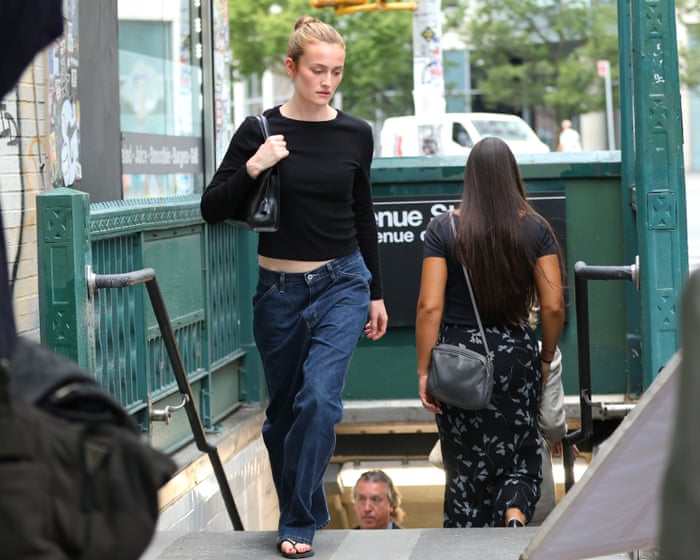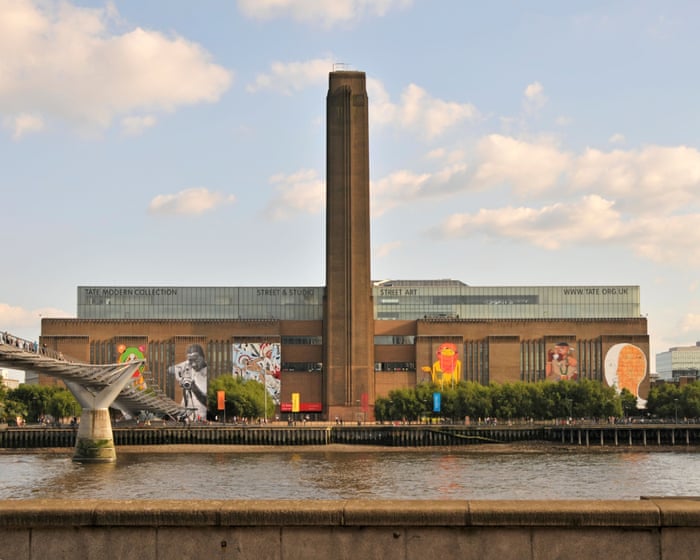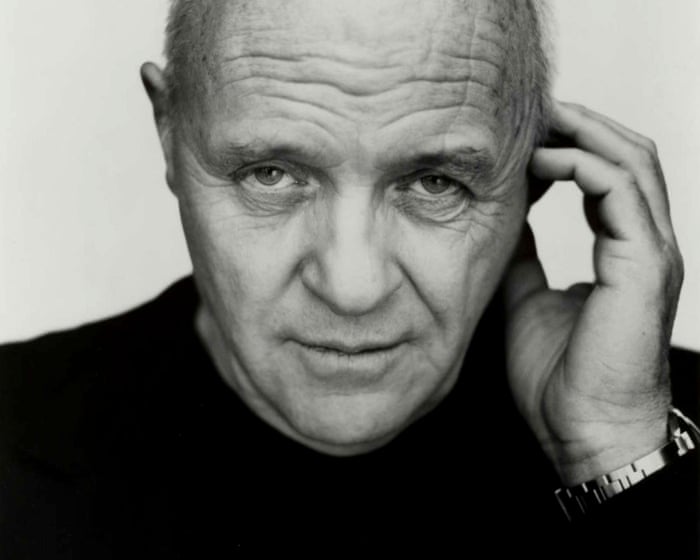Nancy Meyers, the director behind films like The Holiday and Something’s Gotta Give, knows a thing or two about filmmaking. This week, she took to Instagram to call out a growing trend in movies and TV: behind-the-scenes photos.
Sharing leaked images of actor Jack Lowden dressed as Mr. Darcy in Dolly Alderton’s Pride and Prejudice adaptation, she wrote: “Can we please STOP showing movies and TV shows being made?! I’m closing my eyes. I don’t want to see Mr. Darcy getting dressed!” Addressing the fan who posted the images, she added: “All the magic is going away! Come on!”
Unfortunately for Meyers, the loss of movie magic isn’t limited to Pride and Prejudice. Recent productions like The Devil Wears Prada 2, And Just Like That, and Ryan Murphy’s American Love Story—about Carolyn Bessette and John F. Kennedy Jr.—have all had set photos leaked online.
If Sarah Jessica Parker’s JW Anderson pigeon bag on the And Just Like That set was a “moment,” Margot Robbie rollerblading during Barbie filming in 2023 took it to another level. These images sparked online buzz, news stories, and memes long before the movies even hit theaters.
This year, Sarah Pidgeon’s outfits as Carolyn Bessette in American Love Story were called “fashion murder” on Instagram. Fashion is the common thread linking these productions—unlike thrillers or sci-fi films, what characters wear is a major part of their appeal. Recently, The Devil Wears Prada 2 photos featuring a fictional Met Gala have been dissected on social media.
Henrik Lischke, senior fashion editor at Grazia, says set photos are hugely popular with readers. “The appetite for this content is massive online. It’s about the outfits we love—or how the internet turns everything into memes.”
For The Devil Wears Prada 2, the sheer volume of set photos became meme material itself, with people jokingly captioning images of stars like Selena Gomez and Olivia Rodrigo: “Spotted filming scenes for The Devil Wears Prada 2 in New York.”
Fashion commentator Amy Odell, author of a new Gwyneth Paltrow biography, believes the frenzy stems from a lack of female-driven fashion content in film and TV. “There’s a shortage of these kinds of shows. People crave fashion-focused stories like And Just Like That. Many hate-watch it, and it’s not great, but I’ll miss it when it’s gone. We haven’t had a stylish show about women’s relationships in a long time.”
Odell notes that during her research, people mentioned how Shakespeare in Love took measures to prevent costume leaks. “Back then, it was easier to control. Now, you’ll see everything on TikTok and Instagram.”
Lischke agrees: “Last September in New York, I stumbled onto the And Just Like That set in the West Village. It wasn’t just paparazzi—it was a huge crowd. I filmed it and sent it to my family.”
While this trend fits the digital age, Helen Warner, a media professor at the University of East Anglia, says it’s nothing new. “There’s always been demand for this kind of content, going back to early Hollywood and fan magazines.”
She adds that it’s part of the industry’s evolution. “Hollywood has long cultivated this fascination.”People often develop one-sided relationships with movie stars, feeling like they know them personally. This sense of familiarity has grown stronger as behind-the-scenes images become more widely available.
Neither Warner nor Odell think that seeing these on-set photos will make audiences lose interest by the time the movie is released. The success of Barbie, which earned over $1 billion at the box office, supports this idea.
Like Meyers, Lischke prefers to save the surprise for when he’s actually in the theater. “The Devil Wears Prada 2 team will need to be clever about filming scenes away from public view to keep some surprises intact,” he says. He points to Gia Coppola’s The Last Showgirl as a good example—its trailer didn’t reveal a major plotline, so audiences were caught off guard. “You were surprised by something completely unexpected,” he explains. “I hope The Devil Wears Prada 2 does the same, with twists and outfits we haven’t already seen.”
FAQS
### **FAQs: “All the Magic is Fading” – Are Behind-the-Scenes Photos Spoiling Movies?**
#### **Basic Questions**
**1. What does “All the magic is fading” mean in movies?**
It refers to the idea that knowing too much about how films are made can ruin the illusion and excitement of watching them.
**2. How do behind-the-scenes photos spoil movies?**
They reveal special effects, stunts, or fake sets, making it harder to believe in the movie’s world when you finally watch it.
**3. Are all behind-the-scenes photos bad?**
Not always—some fans enjoy them after watching the movie, but seeing too much before release can lessen the surprise.
#### **Intermediate Questions**
**4. Why do studios release behind-the-scenes content before a movie comes out?**
To build hype, engage fans, and market the film, but it can sometimes backfire by spoiling key moments.
**5. Can behind-the-scenes footage ruin big plot twists?**
Yes, if they show actors filming scenes that hint at surprises.
**6. Do actors and directors dislike behind-the-scenes leaks?**
Many do, because they want audiences to experience the story as intended, not pieced together from spoilers.
#### **Advanced Questions**
**7. How do filmmakers try to prevent spoilers from behind-the-scenes leaks?**
They use code names for projects, restrict set access, and digitally alter images before release.
**8. Are some movies more affected by behind-the-scenes spoilers than others?**
Yes—fantasy, sci-fi, and mystery films rely heavily on visual illusions and surprises, so spoilers hurt them more.
**9. Has social media made this problem worse?**
Definitely. Fans and paparazzi share unauthorized set photos, making it harder to avoid spoilers.
#### **Practical Tips**
**10. How can I avoid behind-the-scenes movie spoilers?**
– Mute keywords related to the movie on social media.
– Avoid browsing official “making-of” content until after watching.
– Use spoiler-blocking browser extensions.




